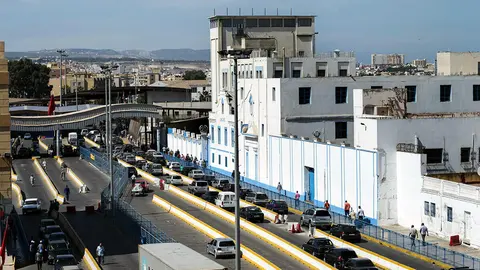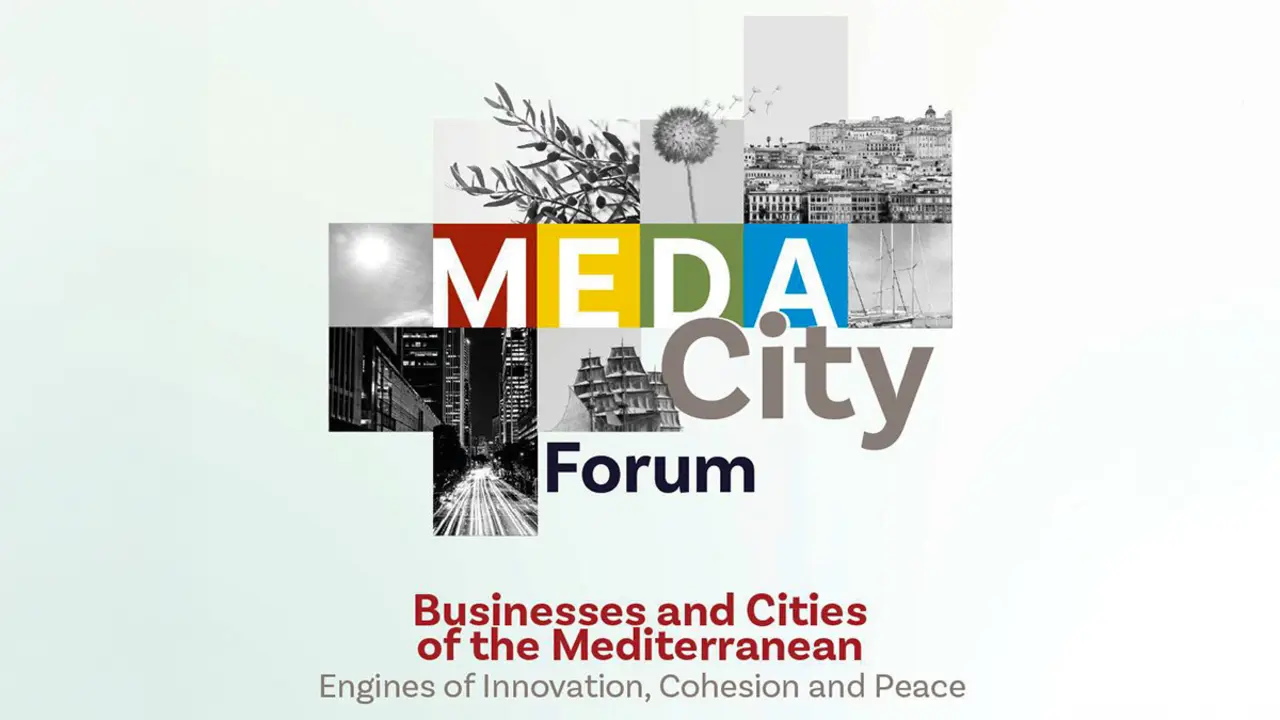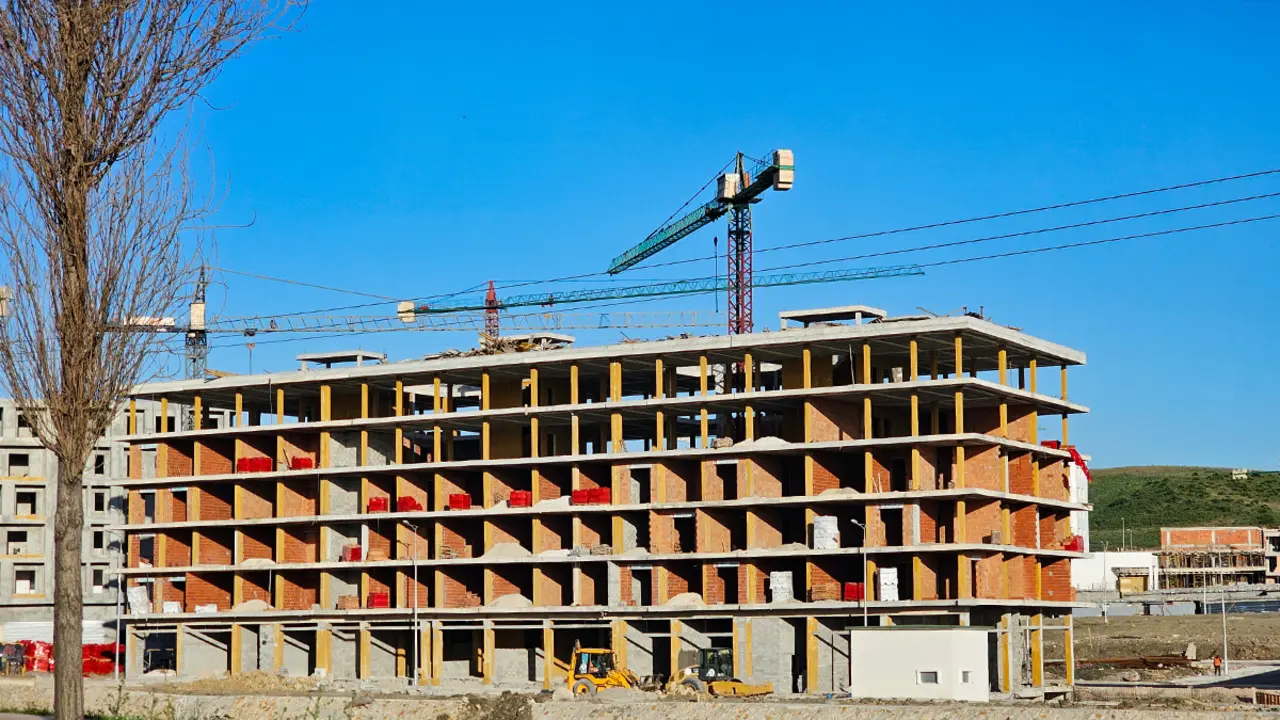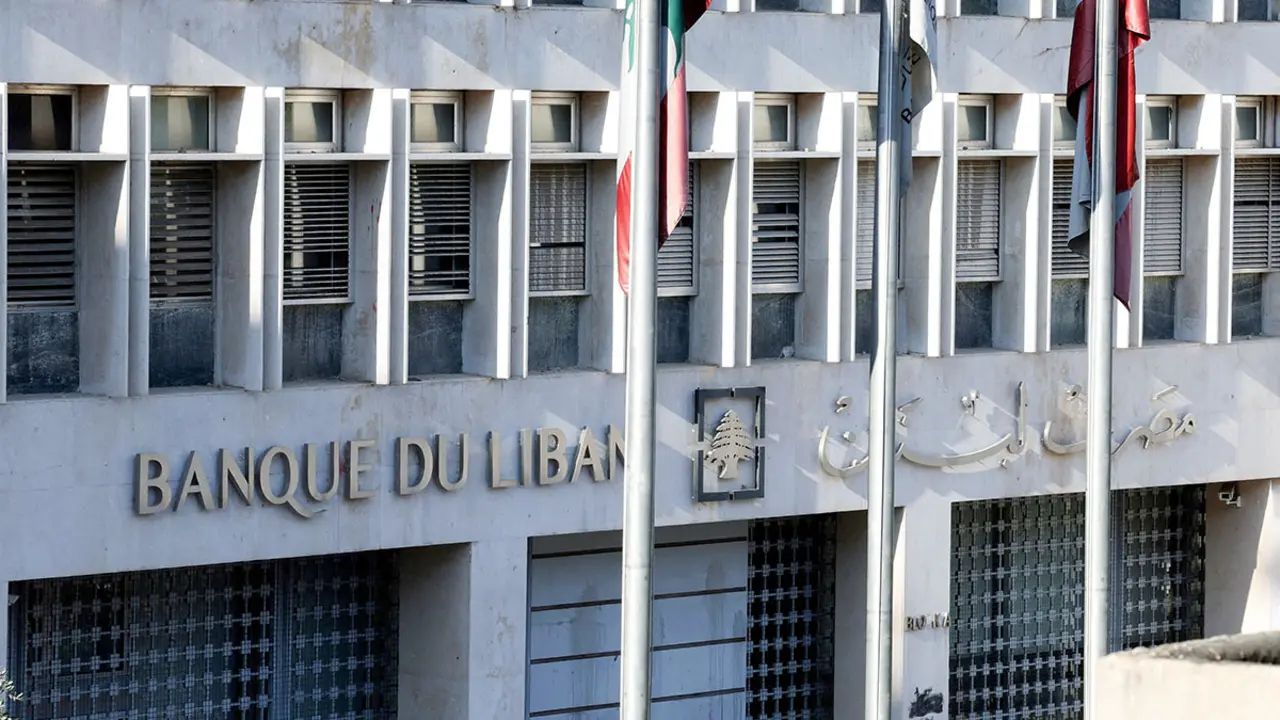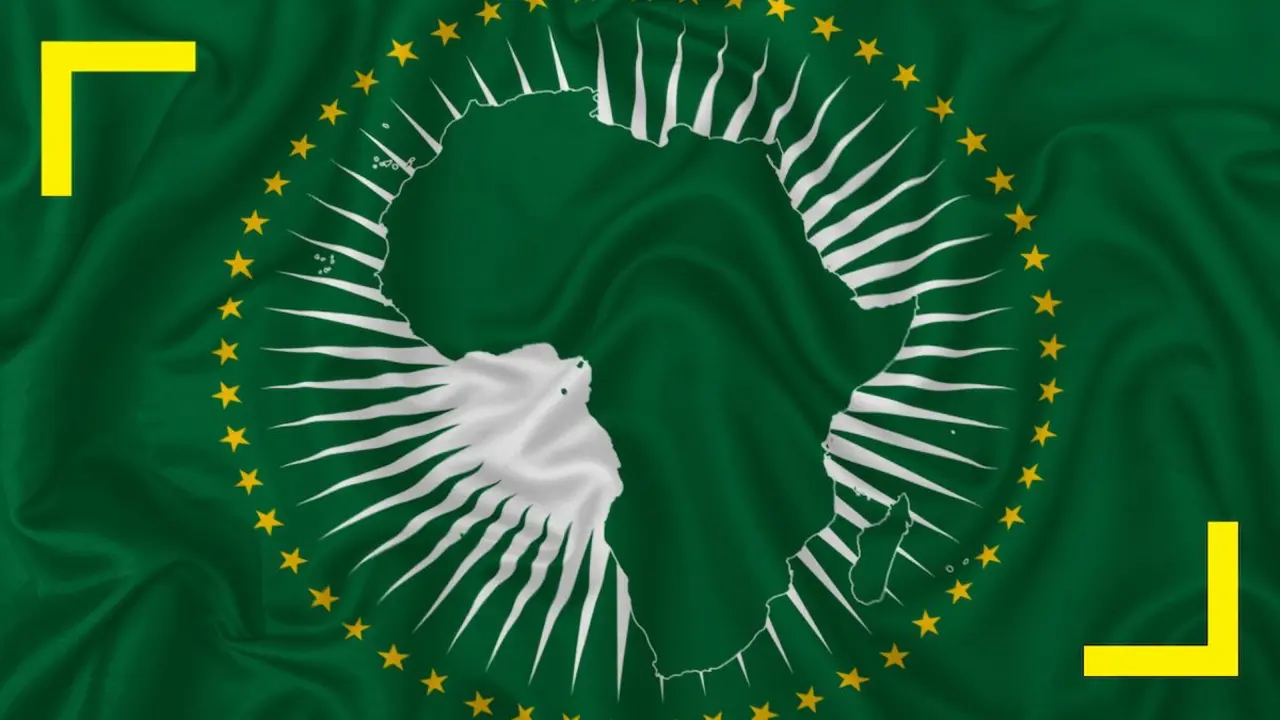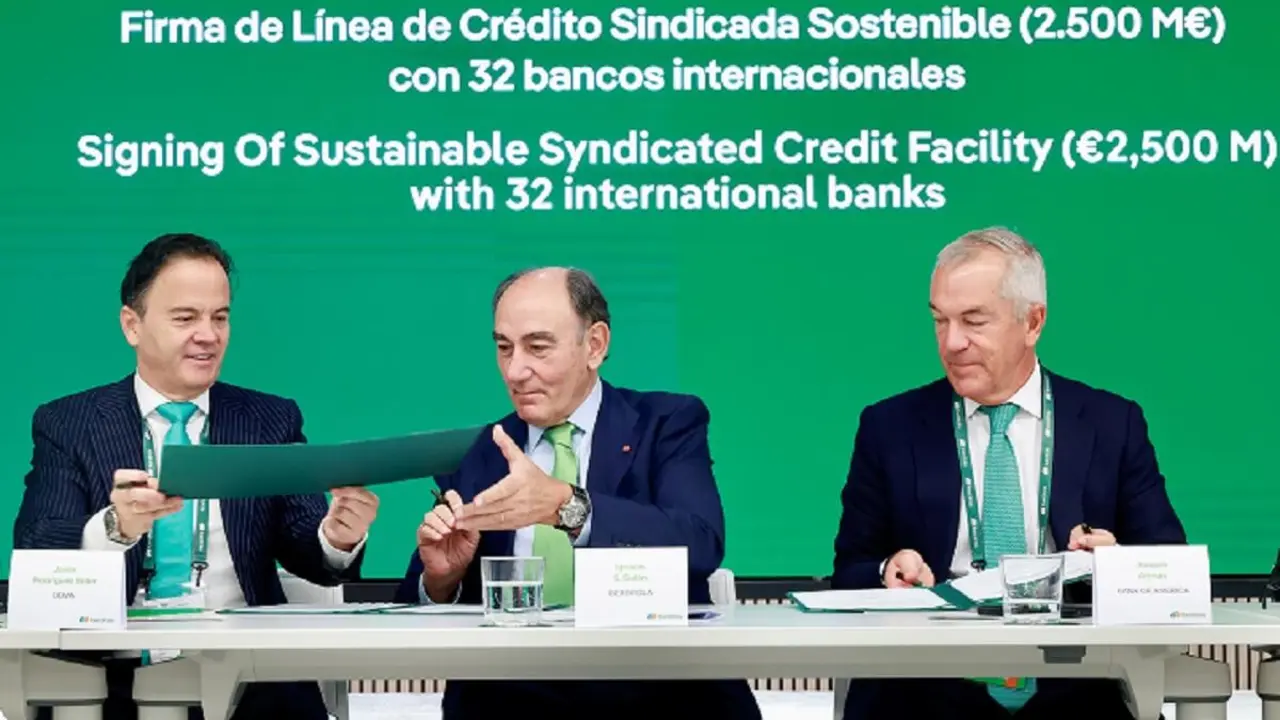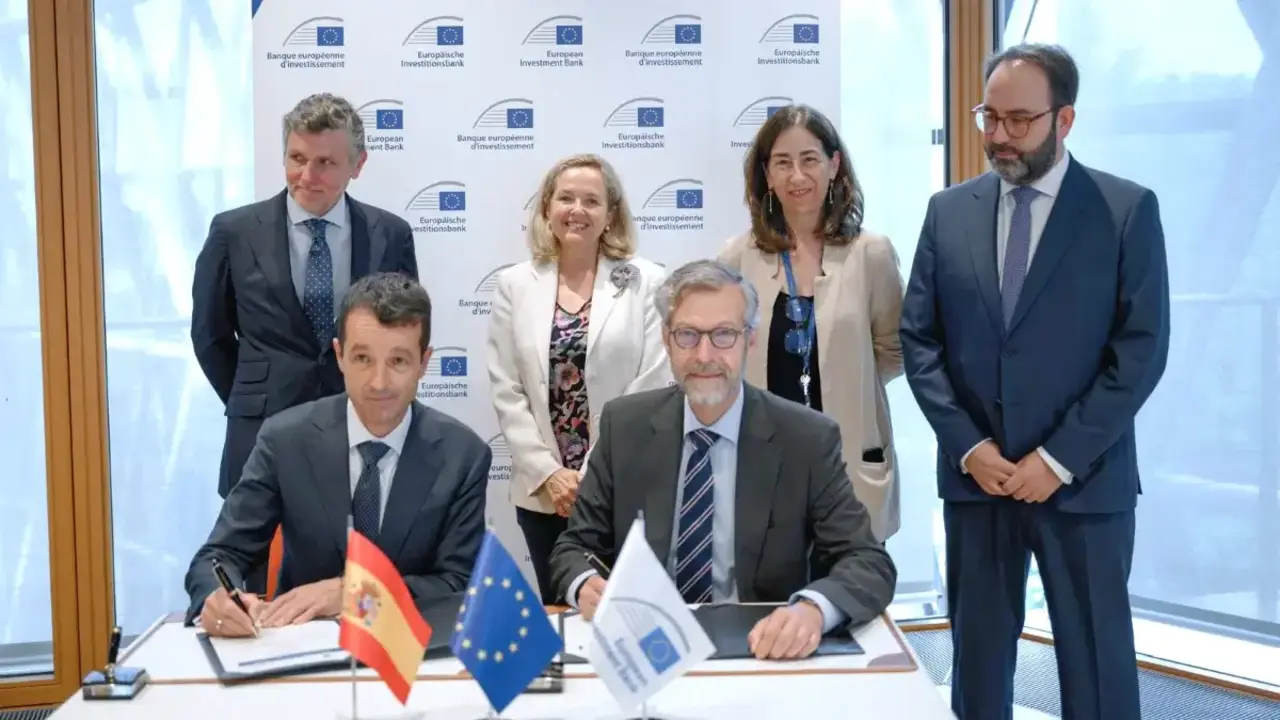Moroccan import rate on the rise
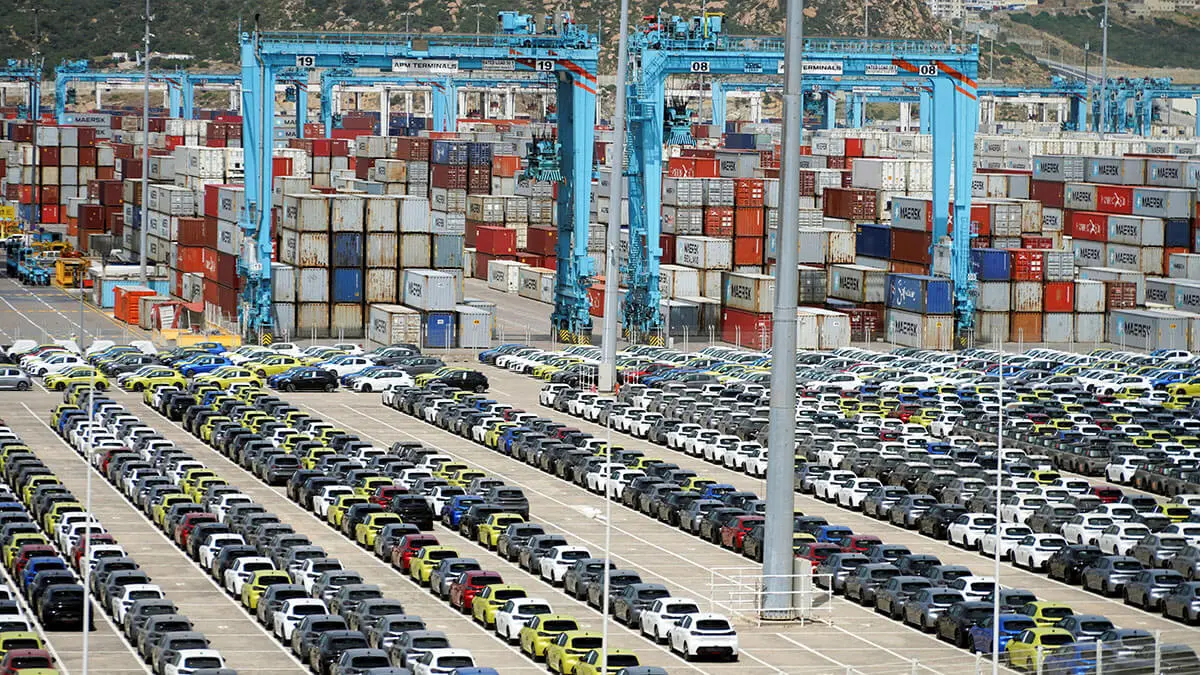
Morocco's import rate is on the rise compared to its export rate. The country is experiencing an imbalance due to high domestic demand and an unfavourable global economic environment for foreign trade.
In its report, the Moroccan High Commission for Planning (HCP) explained that ‘the dynamics of national exports are affected by the global environment characterised by increased geopolitical tensions and slowing economic growth in European Union countries’.
The Moroccan kingdom's main export is phosphate, which is expected to increase in the coming years thanks to demand from Latin America, Europe and Asia, thus taking advantage of sanctions on phosphate exports to China and Russia.
The downward trend in raw material prices on the international stage favours a 5.7% increase in the value of exports in 2025 and 6% in 2026, which will help sales of phosphate and its derivatives.
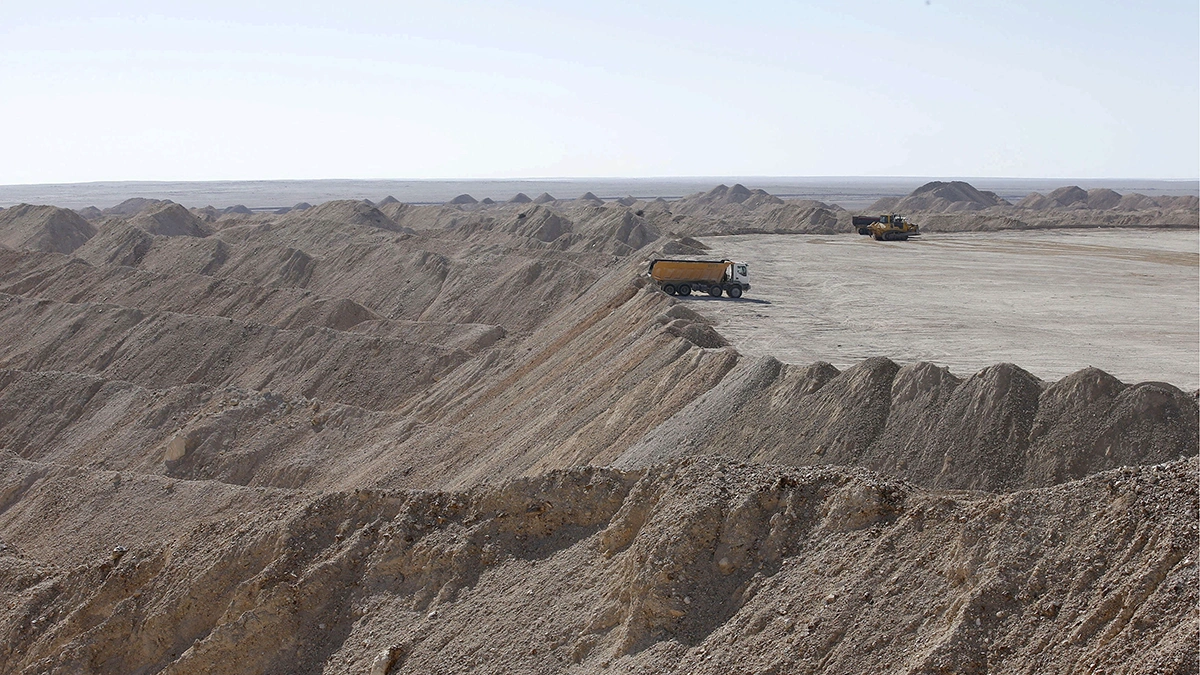
Agricultural products also show signs of improvement in the coming years, ‘supported by the positive effects of the agricultural sector’.
The tourism sector is benefiting from the country's attractiveness to visitors, thus exporting travel and transport-related services.
However, factors beyond its control are affecting other sectors: Europe's new positions, lack of demand from importing countries and high competition are weakening textile exports.
In addition, with the downward trend in raw material prices, the value of imports is expected to rise by 7.6% in 2025 and 6.4% in 2026.
Meanwhile, the automotive sector is under pressure from Europe's transition to electric cars over fuel-powered vehicles, compounded by temporary technical and commercial problems.
Overall, the HCP forecasts that Morocco's total exports will increase by up to 6.3% by 2026.
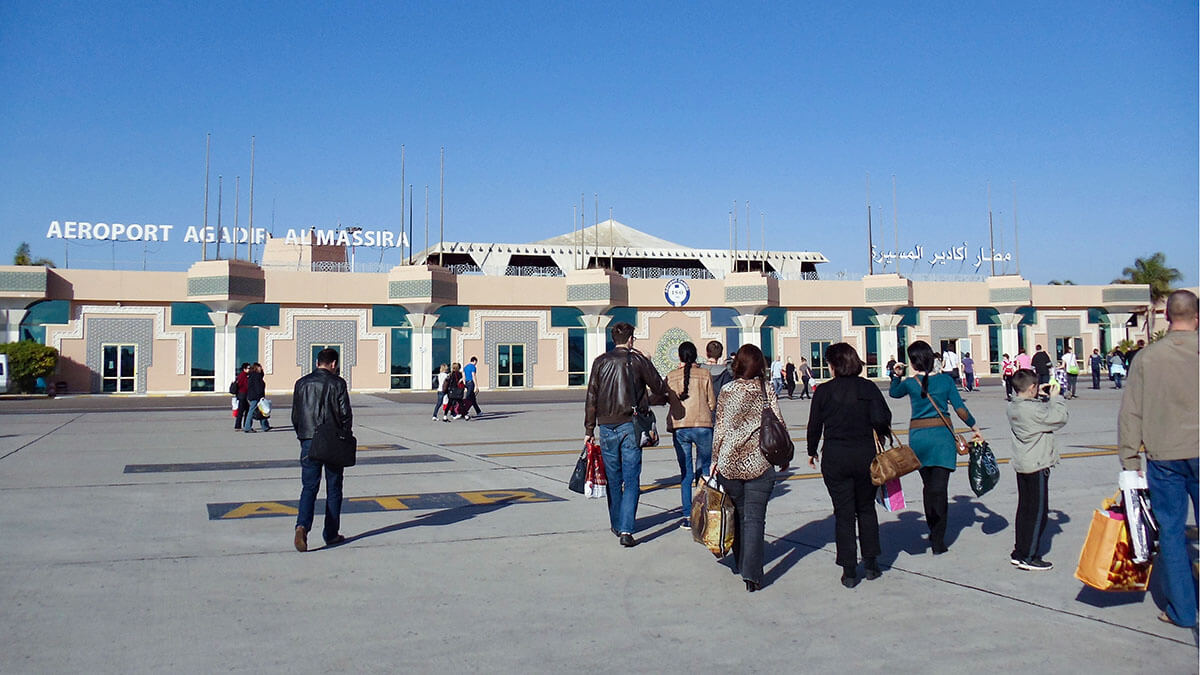
‘For its part, the volume of goods imports will increase by 8.8% in 2025 and 7.9% in 2026, as imports of capital goods and semi-finished products will register a notable increase,’ according to the report.
Although it is not expected to need as many wheat imports as before due to improvements in the agricultural sector, livestock imports are still necessary due to the pressures the country is experiencing.
On the other hand, services will experience a negative demand balance: 'The volume of exports of goods and services will increase by 6.7% in 2025 and 7% in 2026. At the same time, the volume of imports of goods and services will increase by 8.5% in 2025 and 7.6% in 2026.' The good news is that five months of service imports in 2025 will be financed by foreign investment in foreign currency.
The Moroccan economy is experiencing a moderate boom, and according to the HCP report, the outlook for the next two years is mixed, but this is a time when Morocco will adjust as necessary.


